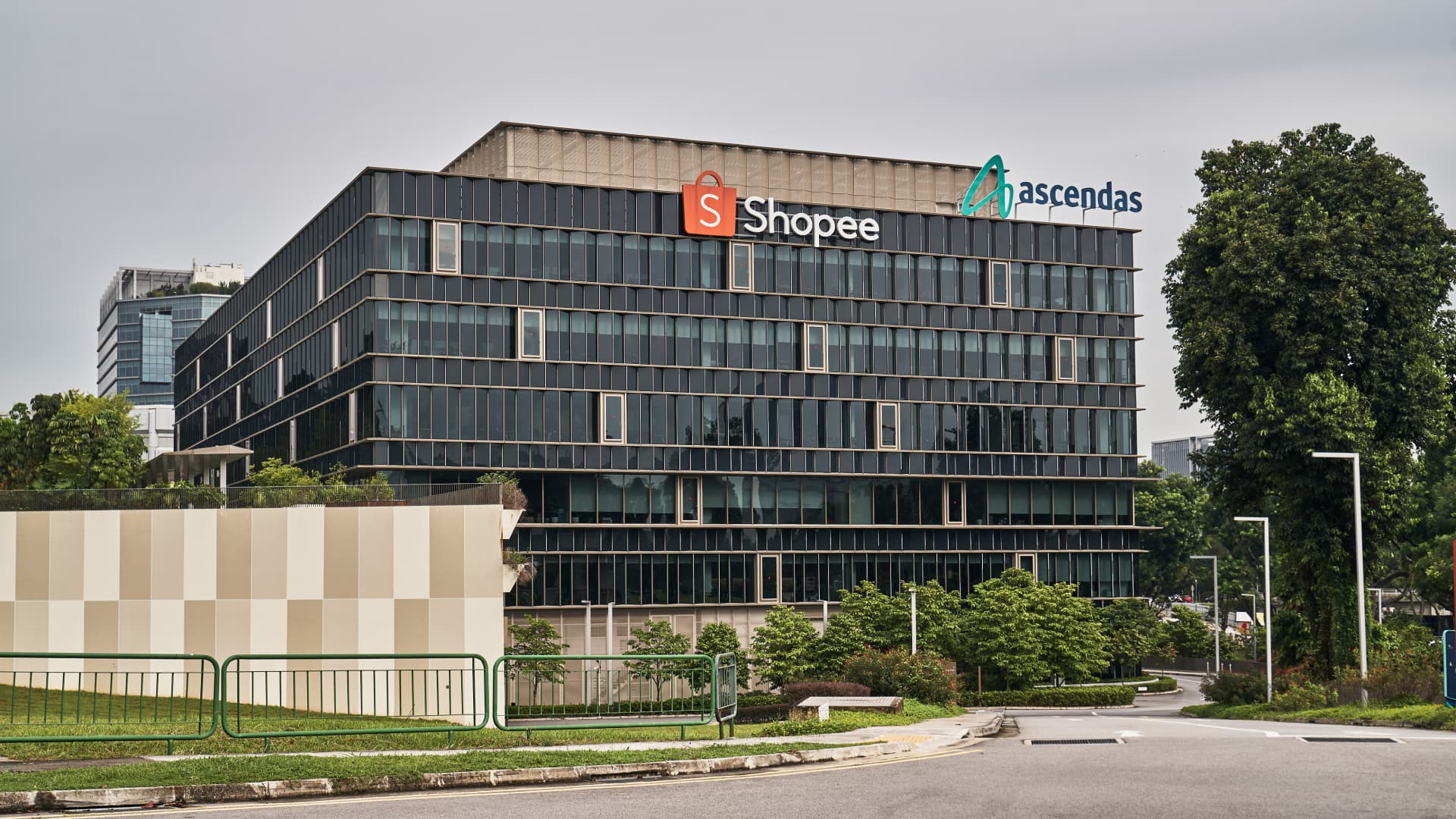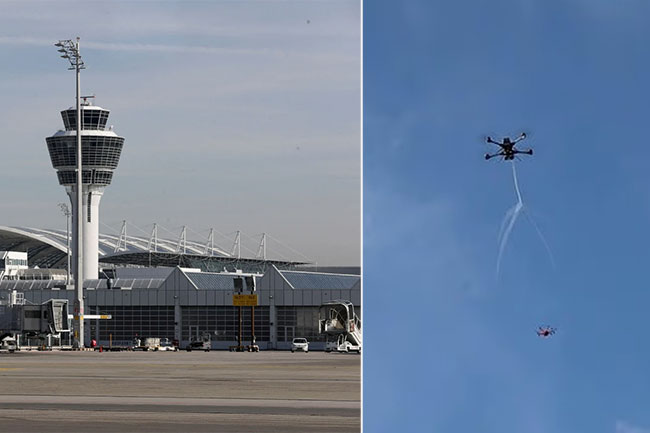Effective branding: Operation Sindoor
Symbol Sindoor, the vermillion mark symbolizing marriage and protection in Indian tradition.
For Corporates, it’s a lesson in branding with purpose. Naming the operation Sindoor wasn’t incidental—it carried a cultural resonance, evoking the protection of women, families, and national identity. Similarly, in business, naming a product, project, or initiative should reflect deeper values and purpose. When the name aligns with purpose, it builds emotional equity and reinforces internal alignment. Names can unite teams, inspire action, and anchor meaning during crises.
Flipping the Narrative: From Victimhood to Resolve
There is a lesson for Corporates on how to transform external threats into resolve to succeed. Terrorists used women as messengers of fear; India responded by elevating women as messengers of strength. The enemy’s narrative was rooted in misogyny and division. But India countered not just with arms, but with symbolic clarity—having two senior women officers lead the operation’s communication. This flipped the narrative completely.Similarly, a corporate, when faced with external attacks—market disruption, bad PR, or cultural backlash – shouldn’t just respond tactically, but also with narrative clarity. Use challenges to reinforce your culture, diversity, and values. Let the message be: This is who we are!
Leading with diversity and pluralism
Two women. Two uniforms. Two faith. One purpose. The deliberate choice of spokespersons to brief the nation on Operation Sindoor reflected a clear intent: to send a message of unity beyond caste, religion, or gender. For businesses, representation in leadership—especially during key moments—sends a powerful cultural message to both internal and external stakeholders. It is important to elevate under-represented voices to reinforce inclusive leadership. Corporates must make diversity visible in leadership, especially in high-stakes situations. It’s not performative when it’s authentic—it’s a declaration of strength and credibility.
Where the terrorists sought to divide, India’s leadership showed that pluralism is power. In the corporate world, teams with diverse perspectives outperform homogeneous ones—not despite their differences but because of them. It is critical to build cultures where diverse voices aren’t just included—they are empowered. Operational resilience grows when inclusion is not a policy but a practice.
Final Reflection: Victory Beyond the Battlefield
Critics may call symbolic gestures performative. In our government’s strategy, they are integral. Operation Sindoor shows how cultural signaling can be part of operational success. For businesses, this means seeing internal communications, rituals, values, and cultural symbols as strategic assets—not fluff. Culture and communication are part of main act—not side acts. It is important to invest in symbolic clarity. From town halls to internal campaigns, your language and visuals must reinforce strategic intent. Culture isn’t built on slides—it’s built on repeated, resonant signals.
Operation Sindoor wasn’t just about neutralizing terrorists—it was about owning the narrative, redefining symbols, and asserting a cohesive identity. For corporations, this means thinking beyond quarterly goals. It means understanding that your story, your values, and your symbolism shape how the world sees your brand—and how your employees believe in it.
In a noisy, divided world, symbolism isn’t decorative—it’s strategic. Use it wisely, and your organization doesn’t just survive disruption—it thrives through it.













